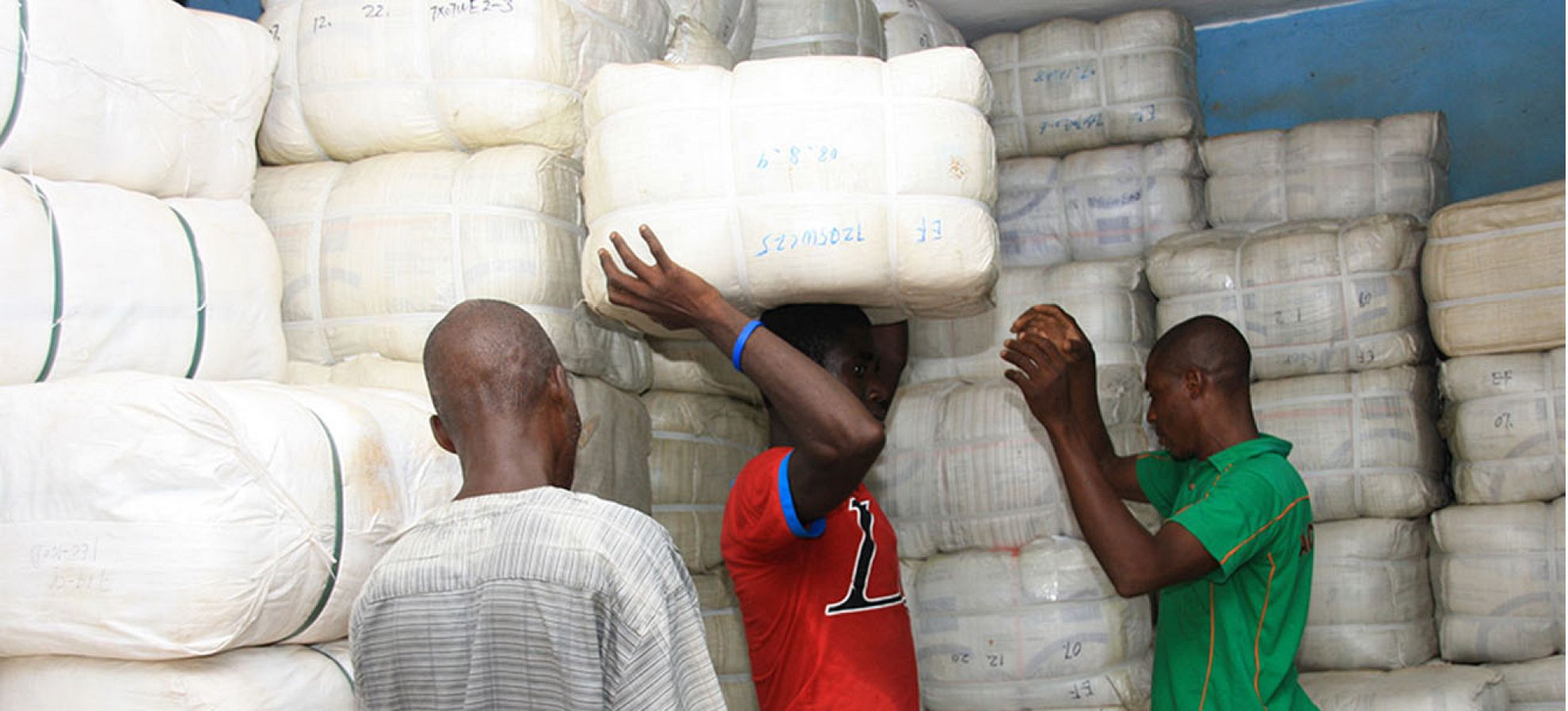
Harmonisation: lessons for improving donor and partner support for malaria control
22 August 2014For most large-scale health programmes, harmonisation amongst partners is key. When it comes to disease control, this is all the more essential. As organisations work with limited resources and across multiple countries, they have a major task in ensuring that their resources are used to maximum benefit and that duplication of efforts is avoided.
This streamlining is easier said than done. Funding for malaria control currently reaches about $2.5 billion, but these billions are divided amongst a range of organisations, technical agencies and governments working at local, national and international levels. Although united by common goals, each recipient organisation has its own projects and way of working – not to mention conflicting programme cycles and funding schemes. Variations like these can lead to challenges and, unsurprisingly, confusion.
‘Harmonisation’ is the large but essential process of fomenting coordination amongst partners – in this case, partners working towards malaria control. In Nigeria, Malaria Consortium is working to streamline malaria control activities across the country as part of the Support to National Malaria Programme (SuNMaP). The programme consists of a wide range of partners, including non-government organisations, local governments, community organisations and technical agencies in addition to the national government and private sector. SuNMaP’s focus on harmonisation is meant to facilitate the implementation of a coordinated and unified malaria control plan, allowing partners to use similar approaches and tools while carrying out their work and emphasising communication between stakeholders.
Malaria Consortium has managed the SuNMaP programme since it started in 2008 and has learned some valuable lessons from the experience – one of which is recognising that harmonisation is fraught with challenges. First, practical difficulties in gathering relevant stakeholders together for required meetings often lead to holdups and delays. Second, staff sometimes have difficulty demonstrating the results of harmonisation efforts unlike other, more quantifiable interventions. This means benefits are not immediately evident to stakeholders, which can compound a lack of enthusiasm for coordination efforts. Furthermore, issues related to ownership over shared projects can arise leading to barriers when streamlining work.
Olatunde Adesoro, Technical Malaria Manager for SuNMaP in Ogun State, has experienced some of these difficulties first-hand while coordinating training amongst partners. Challenges, she noted, include: “the availability of too many training modules [causing] difficulty in harmonising; territorial tendencies of partners causing initial delays in getting full participation; and partners trying to maintain the ‘originality’ of their materials in the harmonised version.” She added, however, that persistence has paid off – partners now do not expend resources developing their own training modules or training staff. They can focus on service delivery instead.
“One great success that we’ve been able to have in Nigeria is long lasting insecticidal net (LLIN) distribution,” said Dr Moriam Jagun, a Health Specialist at the World Bank. “If you look at the country also as a whole – to distribute over 50 million LLINs in Nigeria – it’s a great achievement. And you can’t say that we did that alone…it’s because of the partnerships that exists in Nigeria and the harmonisation.” Such partnerships have led to the collaborative development between partners of guidelines for distribution of LLINs, the allocation of roles and responsibilities when delivering the nets and various efforts to increase demand and monitor the success of distribution campaigns, she added. The result is a coordinated effort to distribute nets nationwide.
Apart from LLIN campaigns, successes in streamlining other aspects of malaria control serve to illustrate the usefulness of coordination. In addition to standardisation of training modules for health workers across the country, rapid diagnostic tests have been distributed to health centres and systems for monitoring and evaluating interventions have been improved. SuNMaP has also worked to centralise knowledge through the creation of a compendium which serves as a database for research – an especially useful tool for academics and research-based organisations. Harmonisation has also led to unified and consistent advocacy messages across the country and has positioned SuNMaP as a lead coordinator, building up working relationships at the state and national levels.
SuNMaP has come a long way since it began, and harmonisation has played a large part in its success. However, the National Malaria Elimination Programme as well as State Malaria Elimination Programmes will take the lead in harmonisation efforts beyond 2015, and much more needs to be done in preparation for this handover. The first step is to deepen harmonisation and share evidence of its importance, such as reviewing past experiences to note what has worked and what needs improvement. SuNMaP will also focus its remaining time on building the capacity of the national and state malaria programmes so that they are ready to lead harmonisation efforts.
Read our new learning paper on harmonisation in Nigeria here, or watch our video below:
Country: Nigeria
Keywords: Facility health services | Vector control | Health system strengthening
Related content
22 August 2014
Harmonisation of malaria control in Nigeria
10 May 2013Building capacity for universal coverage: Malaria control in Nigeria
9 February 2012SuNMaP - Nigeria
Latest news
- Malaria Consortium honoured by Ugandan government for contribution to combat malaria23rd April 2024
- International summit calls for AMR accountability in public health interventions21st March 2024
- Global SMC community celebrates new milestone at SMC Alliance Annual Meeting in Nigeria6th March 2024
- Scaling up key interventions could halve pneumonia-related childhood mortality13th February 2024
- Malaria Consortium and eGov Foundation join Mozambique’s national malaria programme to digitalise seasonal malaria chemoprevention campaigns8th February 2024
- World’s first malaria vaccine rollout launched in Cameroon22nd January 2024